The example in rsf/tutorials/spitz reproduces the tutorial from Karl Schleicher on the Spitz method for signal and noise separation, presented at the 2014 SciPy conference. The implementation is different, with Claerbout’s T-X helical filters instead of Spitz’s and Schleicher’s F-X filters.
For more explanation, see:
- Spitz, S., 1999, Pattern recognition, spatial predictability, and subtraction of multiple events: The Leading Edge, 18, 55–58.
- J. F. Claerbout and S. Fomel, 2000, Spitz makes a better assumption for the signal PEF: Stanford Exploration Project, SEP-103, 211-219.
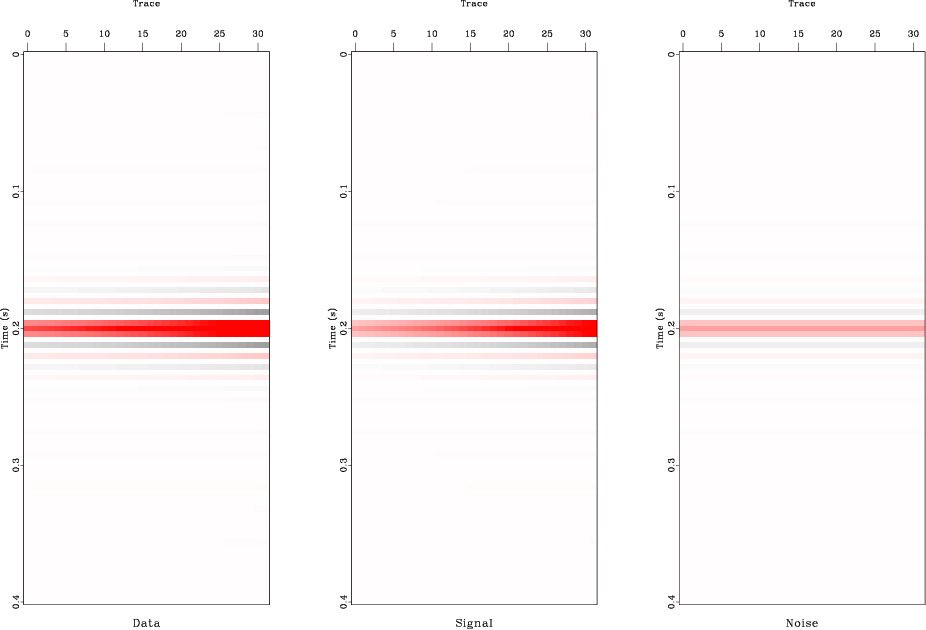
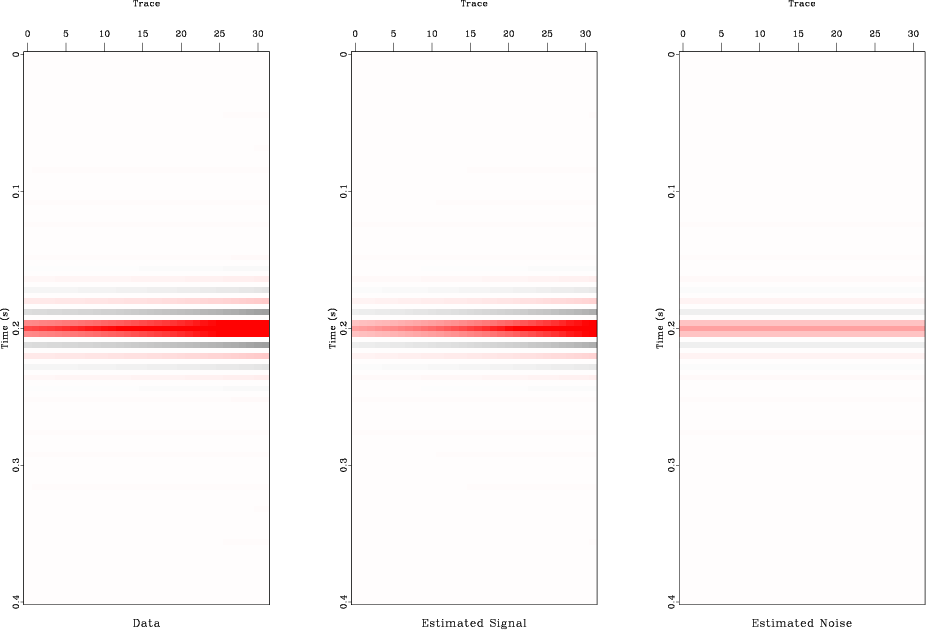
Madagascar users are encouraged to try improving the results.












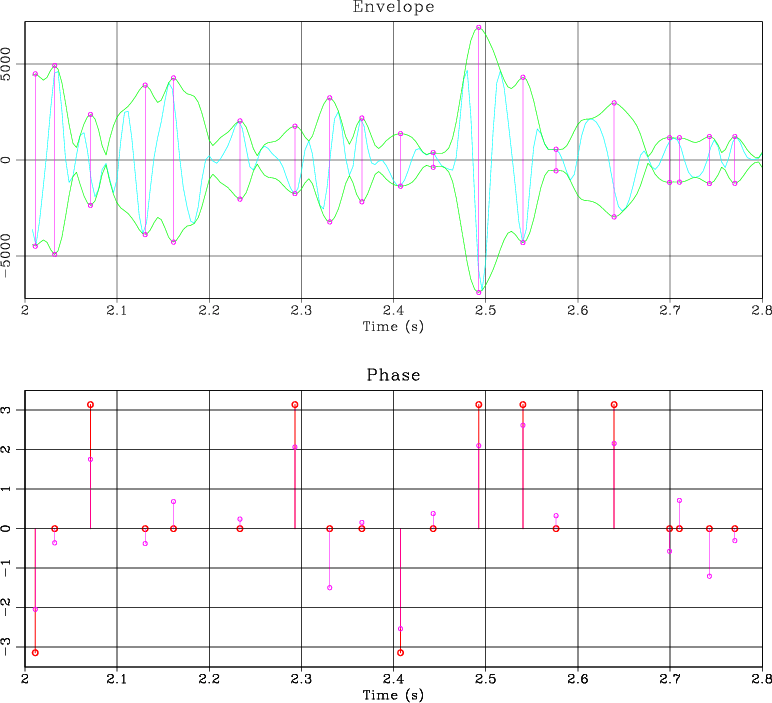 Madagascar users are encouraged to try improving the results.
Madagascar users are encouraged to try improving the results. 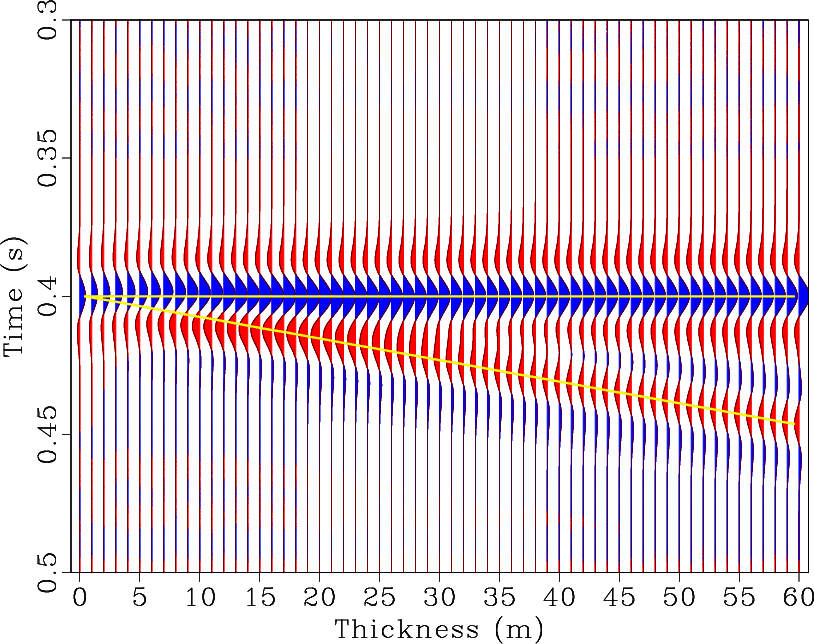
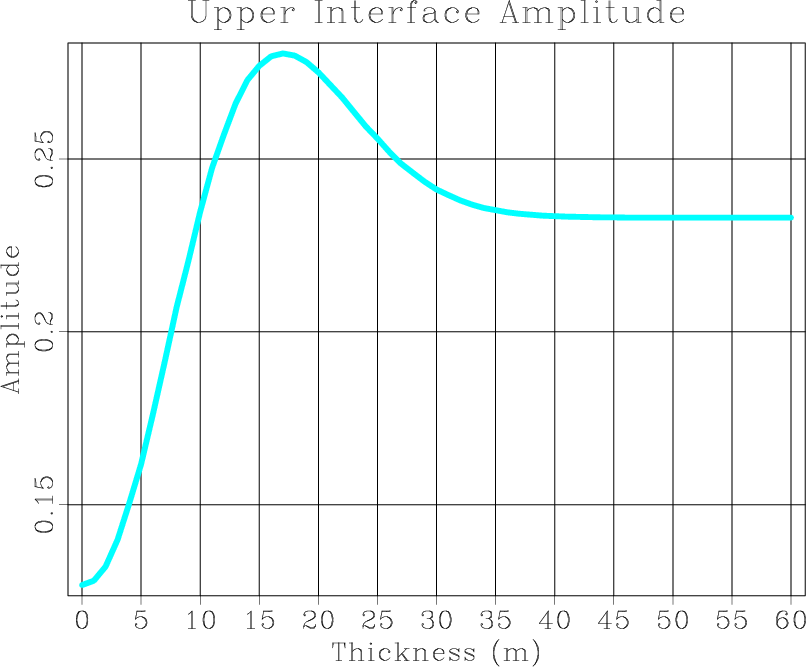

 Madagascar users are encouraged to try improving the results.
Madagascar users are encouraged to try improving the results. 


 Madagascar users are encouraged to try improving the results.
Madagascar users are encouraged to try improving the results. 